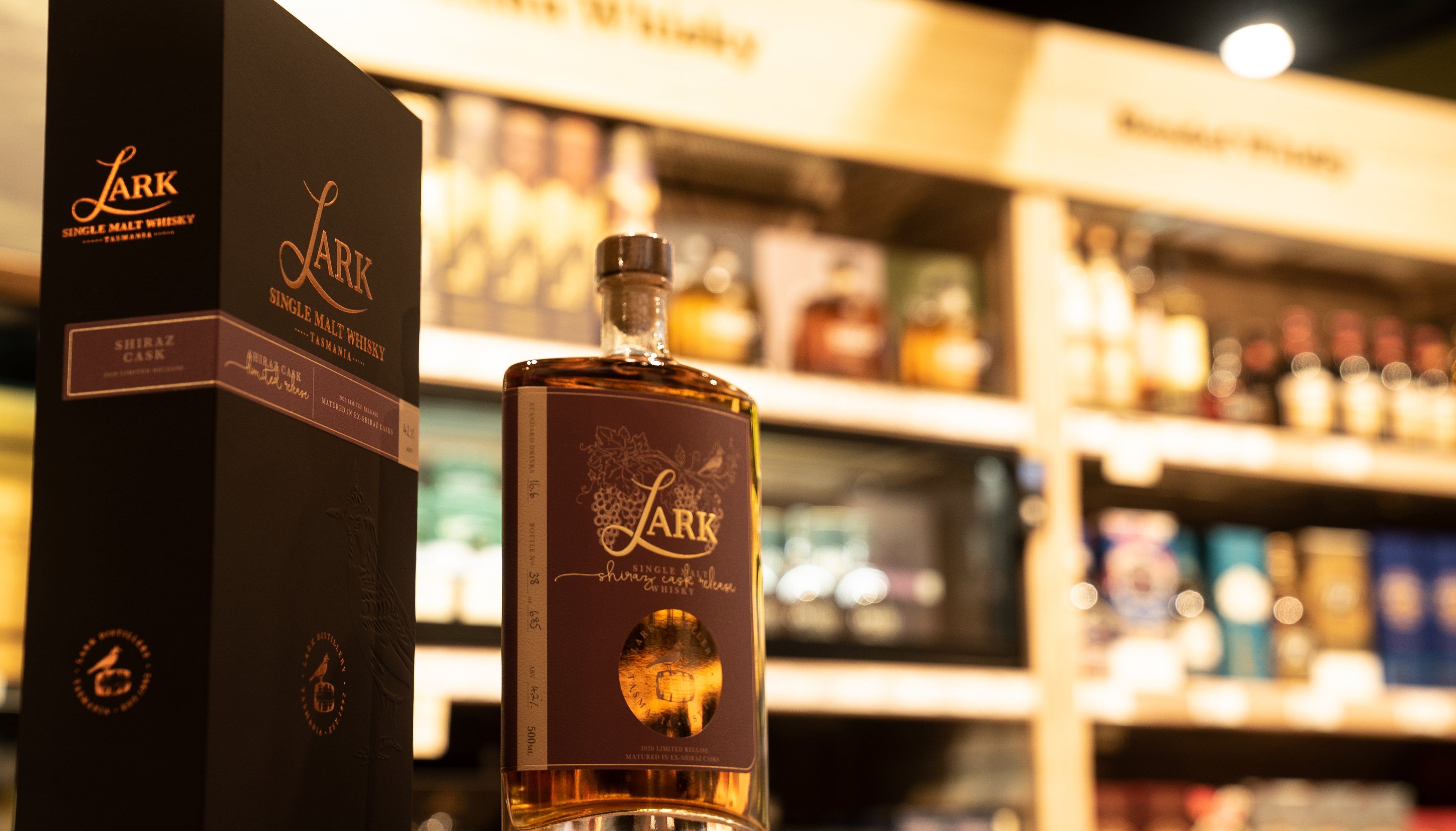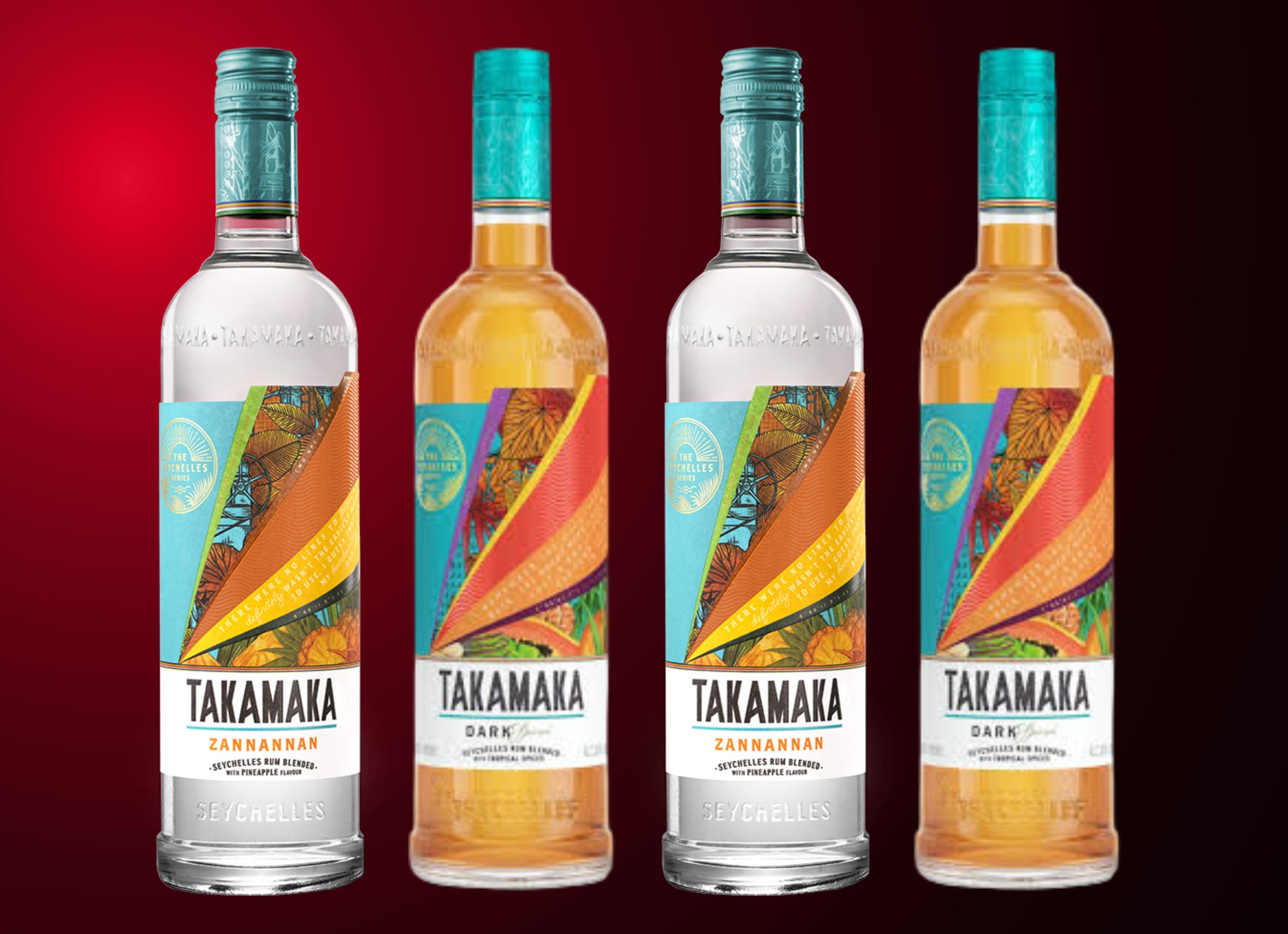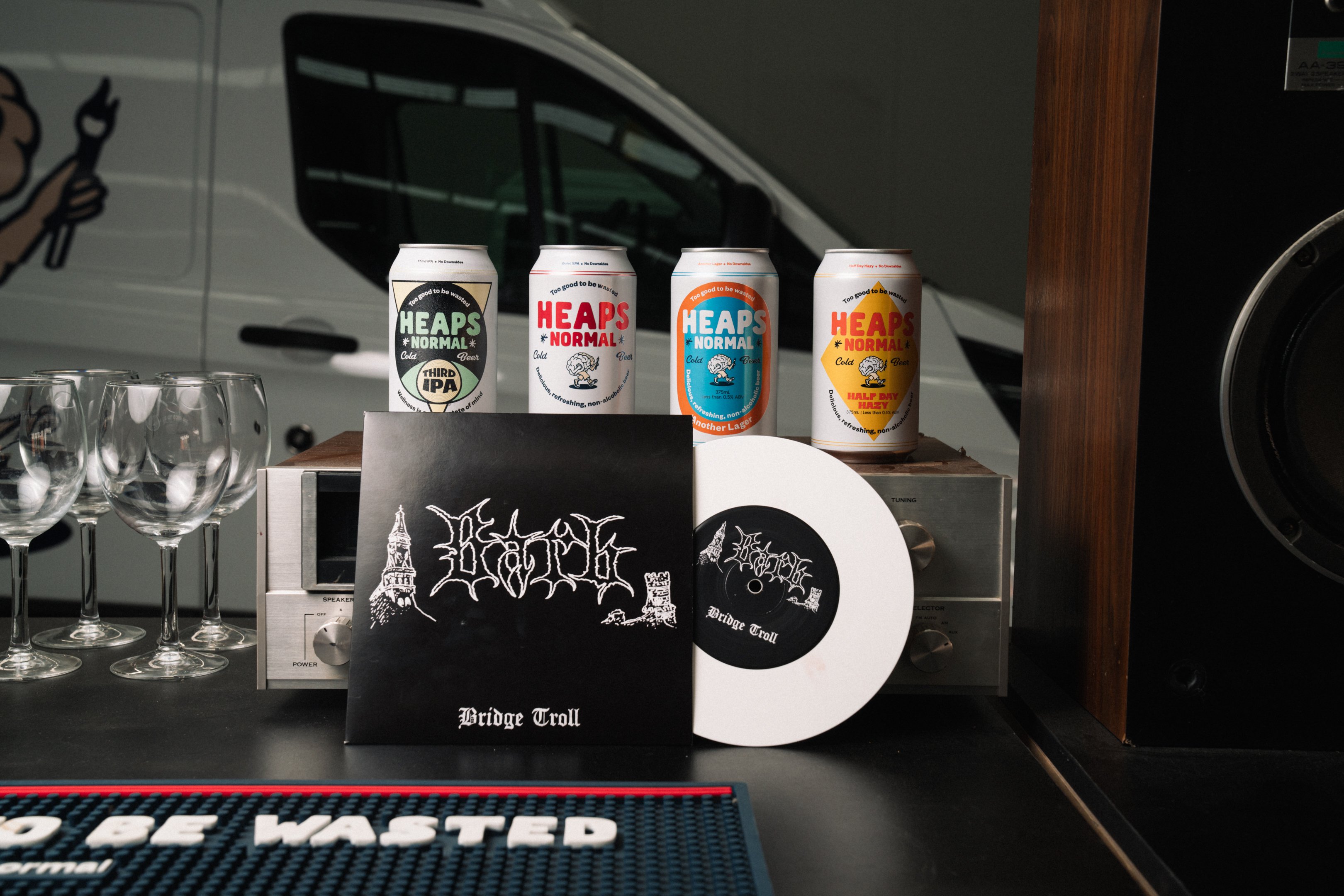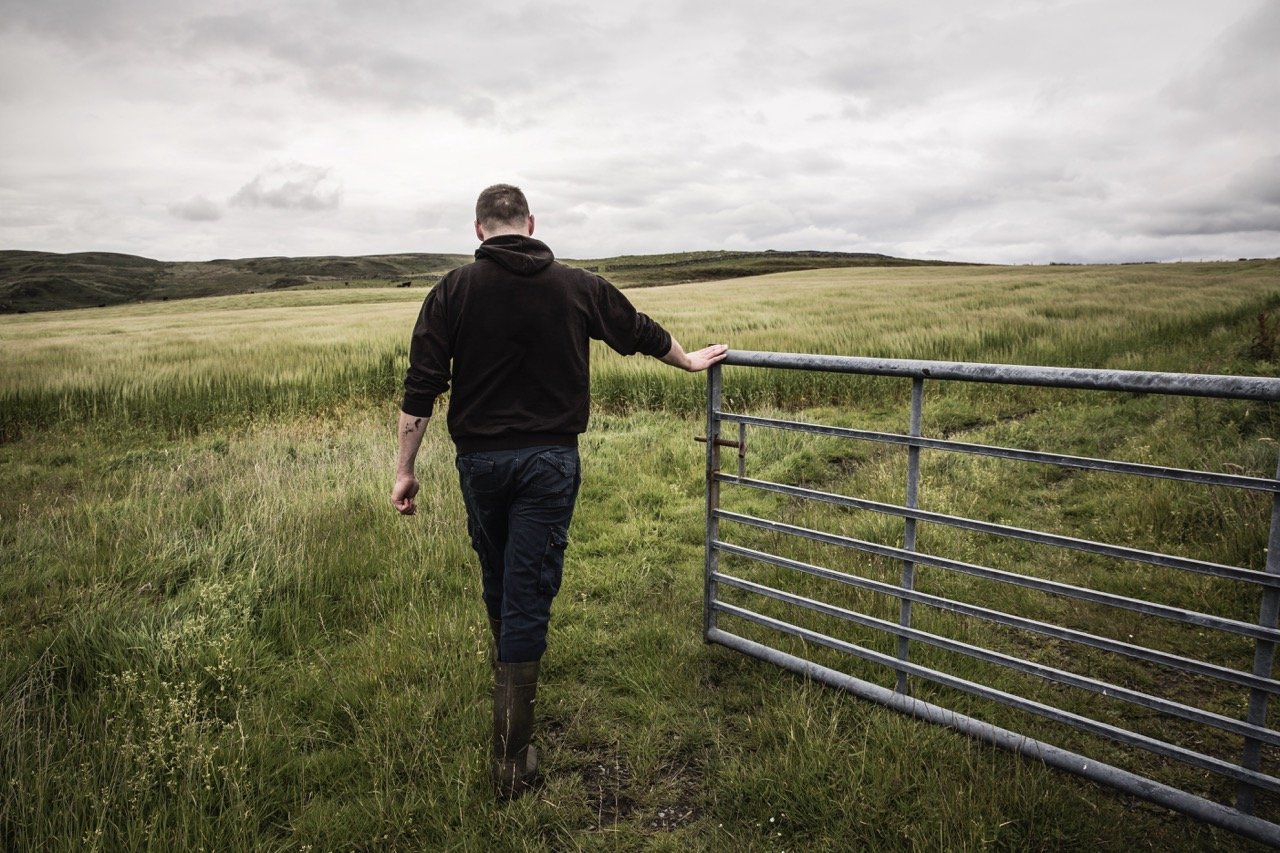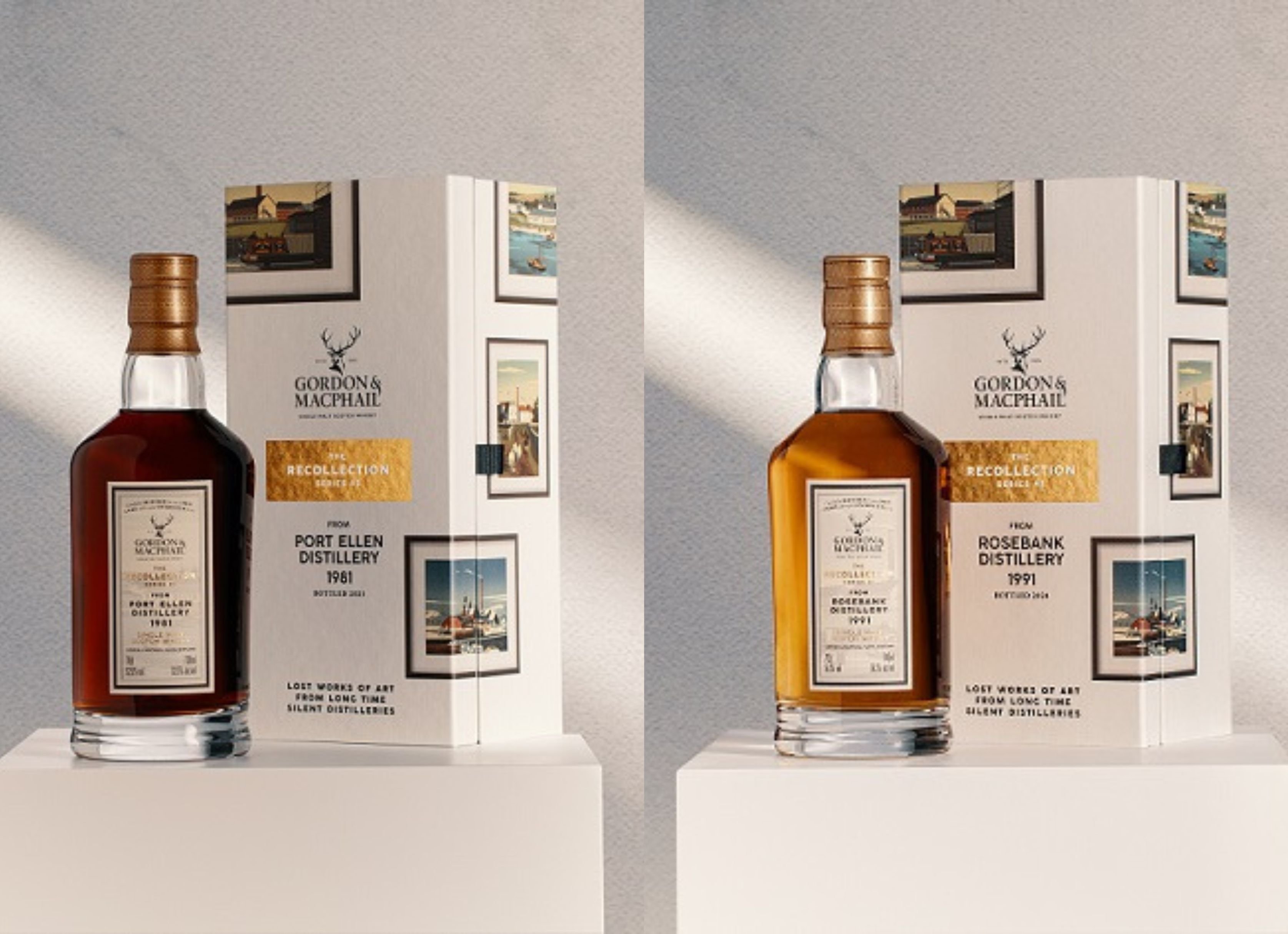Scotchwhisky.com is reporting that investment in Scotch whisky has reached a level not seen since the 1890s.
Exports of single malt have hit a new annual high of £1 billion, 10 new distilleries are set to open in 2018, following 10 new whisky distilleries opening in Scotland in 2017.
Meanwhile, Ian Macleod Distillers and Diageo are in the process of reinstating the cult distilleries Rosebank, Port Ellen and Brora. And an additional 22 projects are at various stages of planning for 2019 and beyond.
As for 2018, Hunter Laing expects to have Ardnahoe distillery open on Islay by late May; Ardross Mains Farm, north of Inverness, is expected to be operational by late 2018; the first Borders distillery for more than 180 years will start producing whisky in Hawick in January 2018; J&G Distillers, which produces blended Scotch brands such as Barclays, McIvor and Bonnie & Clyde, is expected to have Burnbrae in East Kilbride operational in early 2018; Crafty will begin production of its first single malt whisky in 2018; Glasgow’s distilling renaissance will receive a further boost later this year when Douglas Laing & Co opens, while the new Holyrood Park distillery is expected to open by the end of the year; Scotland’s eighth grain distillery, Reivers is being built by Mossburn Distillers, the owner and operator of Torabhaig on Skye; and Toulvaddie distillery is nearing completion near Tain - it will be the first whisky distillery to be founded solely by a woman.
Whisky tourism booming
Scotch Whisky distilleries achieved a record 1.7 million visits in 2016 - up almost 8% on 2015 - and, with more sites than ever opening their doors to showcase the skill and craftsmanship of this iconic industry, those numbers were boosted even further in 2017.
The Scotch Whisky Association's (SWA) latest annual survey found that visits have increased by around a quarter since 2010 and more than half of Scotland's 123 Scotch Whisky distilleries now welcome members of the public.
Collectively, Scotch Whisky distilleries rank among some of the most popular Scottish and UK attractions, with a similar number of visits annually to the likes of St Paul's Cathedral, the Royal Albert Hall and the Scottish National Gallery.
Visitors are also spending more than before at distilleries. A total of almost £53 million was spent by visitors in 2016, with theaverage spend per person increasing 13% to £31 from £27.
Distilleries reported that the largest proportion of visitors came from Germany, Scotland and other parts of the UK, the US, and France. Distilleries are also popular with whisky enthusiasts from Sweden and Norway. The success of whisky festivals, such as Islay and Speyside, are also helping to attract new visitors to distilleries.
Karen Betts, Scotch Whisky Association chief executive, said: "Scotch Whisky - Scotland's most popular export - is known throughout the world. It is produced right across Scotland, in some of our most beautiful landscapes and some of our remotest communities. Each distillery is distinctly of its place. Their histories, stories and modern-day craftsmanship fascinate locals and overseas visitors alike. It's not surprising that more and more tourists are visiting Scotland's distilleries to see how Scotch is made and to meet the people involved."
Challenging times for Scotch whisky
The whisky investment boom comes at a time of great uncertainty for the industry as it grapples with the potential impact of Brexit and the impending introduction of minimum unit pricing in Scotland.
Late last year the UK Supreme Court rejected the SWA challenge against minimum unit pricing in Scotland and the Scottish Government has confirmed plans to implement a minimum price of 50 pence per unit of alcohol on May 1, 2018.
However, major producers remain bullish. Glen Brasington, marketing director, strategy, business development and services at Chivas Brothers told Spirits Business: “Stability remains a focus for the category, and we’re seeing progress here, with IWSR forecasting that momentum will carry on into 2018,” he continues. “Mature markets continue to stabilise in combination with growth occurring in emerging markets, which have seen 40% growth in the Scotch category in the past year.”
Share the content





